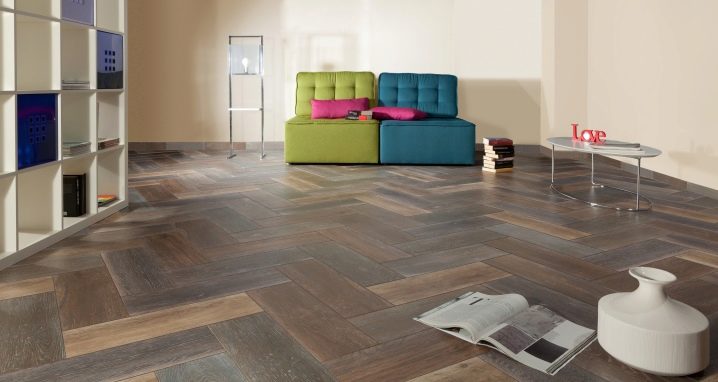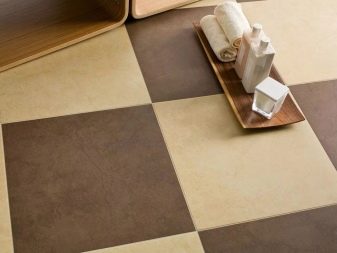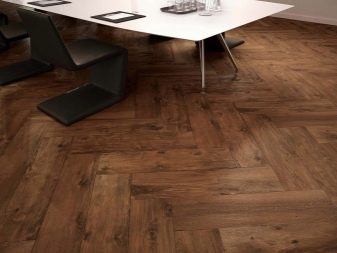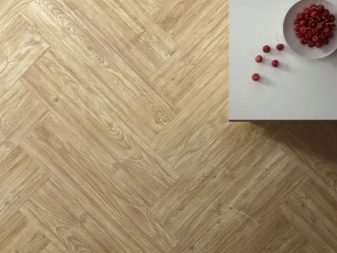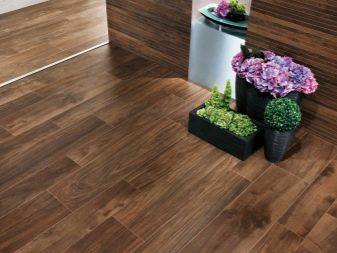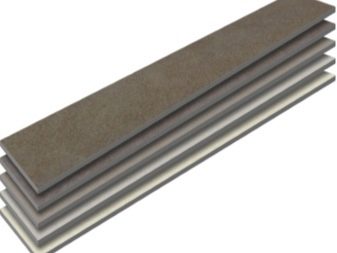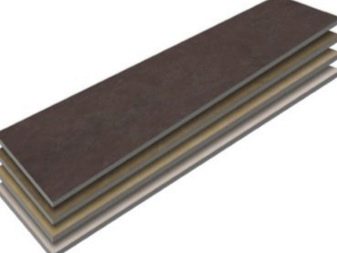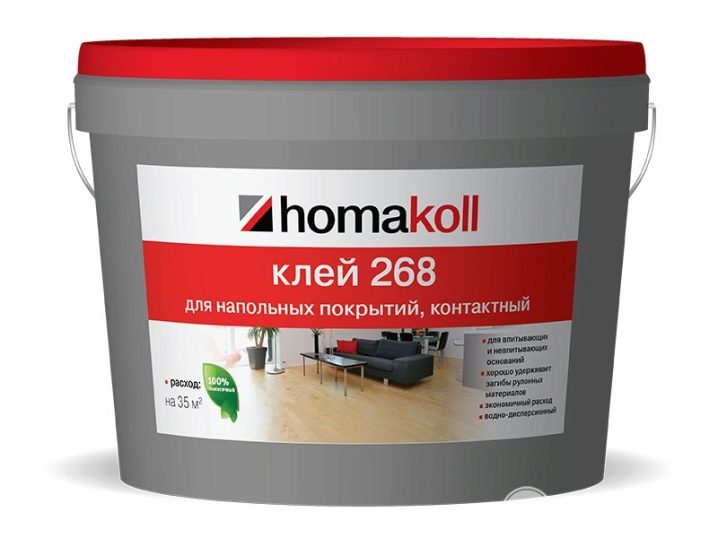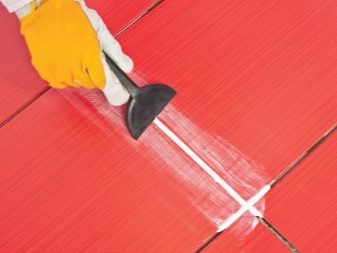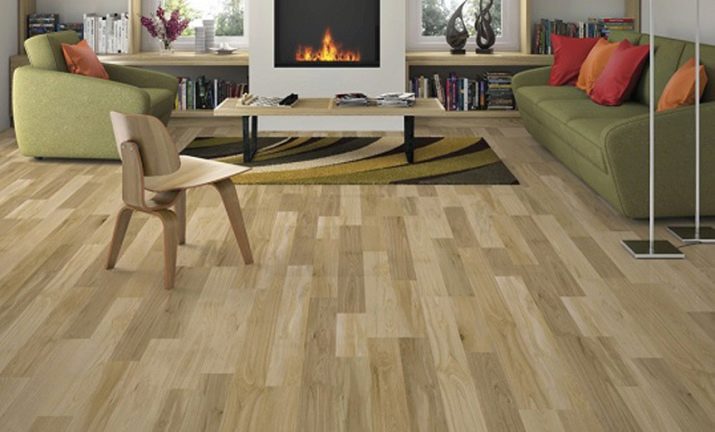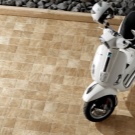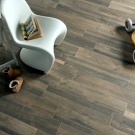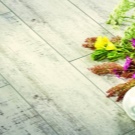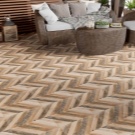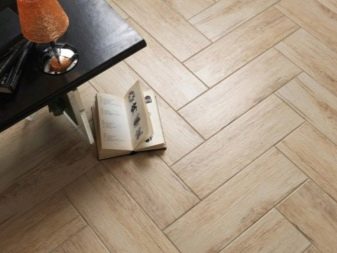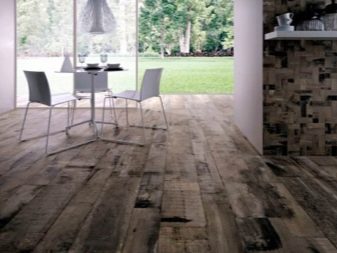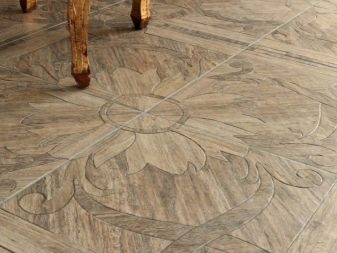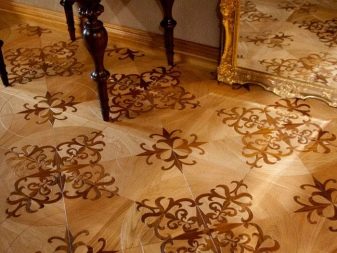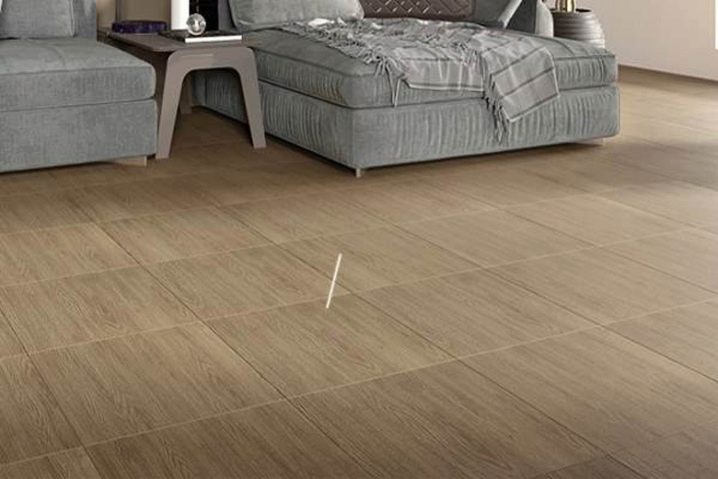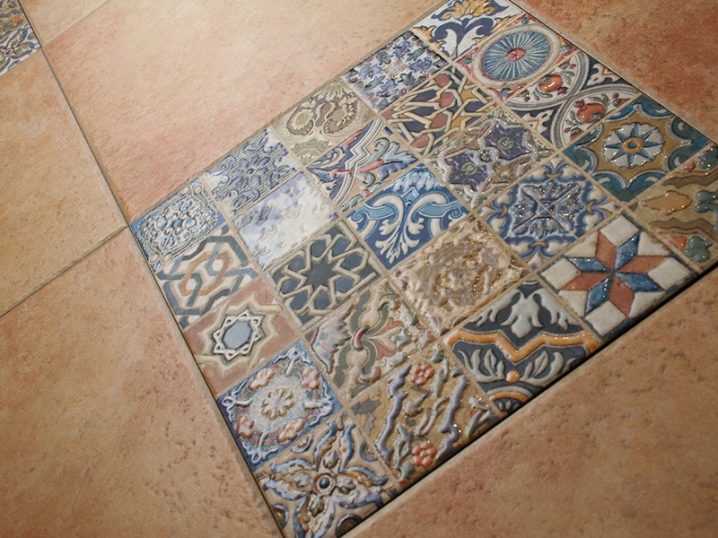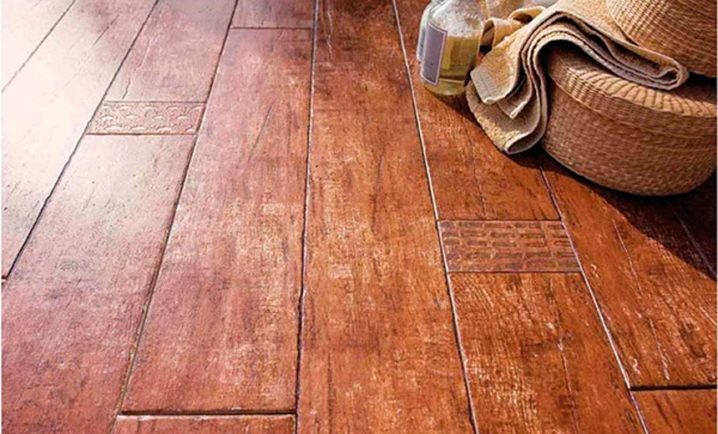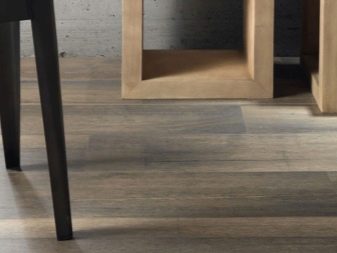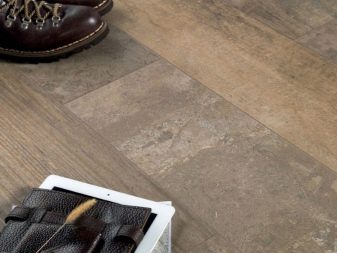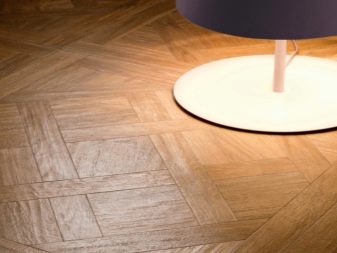Porcelain stoneware: the main features
Today, porcelain stoneware has become quite popular. He has established himself as a practical material that pleases not only with quality, but also with aesthetics. A variety of colors, designs and patterns allows any buyer to make a palace out of their apartment.
Special features
Modern buyers choose porcelain stoneware. It replaces the usual parquet.
There are many advantages in choosing such porcelain:
- price;
- practicality;
- esthetics;
- environmental friendliness;
- easy care;
- resistance to absorption of unpleasant odors;
- no deformation;
- resistance to temperature extremes;
- durability;
- variety of color palette;
- presentable.
When choosing porcelain stoneware, it is important to consider the size of the tile.
Such sizes are most often in demand:
- 200x1200 mm;
- 300x1200 mm;
- 300x1800 mm.
The first two are widely used. In practice, they are often combined with each other to bring a zest to the interior. In addition to these sizes, you can find commercially available varieties of 150x900, 250x1500 mm and other variants.
Laying technology
Porcelain tiles for parquet produced in the format of parquet tiles. Laying is carried out on the same technology. It is worth paying attention to the fact that the cement solution cannot be used in the work. Porcelain tiles are laid on a two-component adhesive. Such glue possesses high adhesion.
Laying takes place in several stages:
- Training. It consists in leveling the floor. For example, using a concrete screed.
- Glue preparation. Mixing occurs strictly according to the instructions.
- Laying. Glue is applied to the floor and tile. For easier application, get a spatula or trowel. Next, lay the tile edge to the edge. Be sure to monitor the level.
- Rubbing the stitches. The final stage is carried out only a day (after the glue has completely dried).
Laying technology optimally simple. Follow all the nuances, and everything will work out. Do not forget about the distance between the tiles.Experts advise to buy plastic crosses. Install them at the junction of 4 tiles. In the process of work, it may be necessary to trim the tile (for example, due to the irregular shape of the room). To do this, use the tile cutter.
Types of styling
There are several types of laying porcelain tiles under the floor:
- chessboard - laying in squares;
- laying in a straight, diagonal;
- braided - interlacing wood veneer;
- laying tiles of different sizes;
- laying with a fifth offset of the length of the tile;
- Herringbone - at an angle of 45 degrees.
Colors and design
Today, the texture of few people surprised. When purchasing material, pay attention to the bright design and uniqueness of the ceramic-granite tiles. Finishing of porcelain tile can be divided into five groups:
- Classic granite. This is a copy of the typical floor. This floor is laid herringbone deck. Let out porcelain tile in the form of long dies or square plates. The surface is usually printed with a narrow parquet floor.
- Floorboard with orthogonal or tangential cut. It can be of several types: with lacquered finish, vintage, antique massif, classic flooring, similar to natural wood massif (suitable for design of country, modern).The brushed matt, semi-gloss board is used in billiard rooms, clubs, restaurants, libraries, bedrooms. The vintage is characterized by chipping, scuffing on the tile, and inscriptions. Antique array - fashion trend (old wood).
- Wooden mosaic. There are two types - standard and 3D. In size it resembles standard dies, or large plates with mosaic decor. Dies perform mainly with geometric edges, which makes working with them time consuming.
- Palace or parquet flooring. Such ceramic tile looks expensive and beautiful. This is due to the fact that many decorative methods are used in the production (inclusions from stone, squares, stars).
- Plywood, OSB, chipboard. This option seems impossible, many buyers are afraid to purchase such a tile. In terms of performance, it is not inferior to the other options.
For each porcelain tile use different methods of decoration:
- mosaic;
- burning out;
- graffiti;
- ornaments (Mezen, Moroccan).
Tips for choosing
Before buying, decide what kind of porcelain tiles you want. You need to know the size, color, design.
When buying, the following criteria are important:
- manufacturer;
- porosity (should not be high);
- the quality of the pattern;
- surface (matt, glossy, waxed).
As for the manufacturer, it is better to choose the brand of Spain or Italy, as they are the leaders in the sales market.
The most common are Italian companies:
- Playwood Fondovalle;
- Inside Ceramica Fioranese;
- Royal Sant Agostino;
- Vintage Astor;
- Montreal Venis;
- Nuss roca.
Each of the above trademarks has its own unique design. Playwood Fondovalle has a bright but elegant design. Montreal Venis differs from others in the manufacture of tiles with a natural structure and warm cozy shades. A special feature of Inside Ceramica Fioranese is the imitation of wooden bars. Royal Sant Agostino - a pledge of durability. When porcelain stoneware is processed, digital printing is used, which allows you to accurately transfer the tree pattern on the tile surface. Vintage Astor - a collection of products made in vintage technology.
How to lay ceramic granite tiles on the floor, see the following video.
